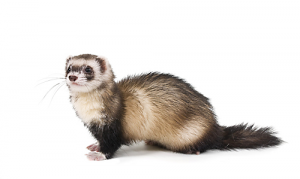
1. The pop goes the Weasel lyrics and origin
This is one of the most popular rhymes and the singing game, which is believed to be originated back in the 18th century. The original song was published in the year of 1850 in England (Pop goes the weasel was a popular dance in England in 1850s) later a version of the tune was published in the USA with different lyrics.
There are many theories related to the rhyme including the origin, history, lyrics and the definitions. Pop is believed to be the slang of “pawn” and Weasel is believed to be “suit” or the coat, the slang of cockney. Thus pop goes the weasel meant to be pawning a coat. Though there are many versions of the rhyme, two of them are most popular, one in the United Kingdoms and the other one in the United States. One of the theory describes the rhyme is an attempt to turn the grim of peoples lives into a great song.
It is also believed that, in the textile industry, a spinner weasel was a spoked wheeled shaped thread measuring mechanical device, that measured out yarn by making a”pop” sound to give an idea of the correct length of the cloth. This really helps children to understand how to be attentive with certain sounds and marks that are indicated while doing a work.
2. What skills do children ages 0-5 develop when interacting with This rhyme?
Pop goes the weasel is a fun song, in which children can jump, dance and make hand and leg actions to the lyrics of the rhyme, which are important and helpful for toddlers to improve their gross motor skills, where they can learn to understand and follow the directions. The repetition of the phrase “pop, goes the weasel” helps the toddler to learn and remember words more easily.
Dancing on the rhyme helps toddlers to increase their flexibility, coordination, balance, stamina, strength, and posture. Jumping and dancing also improve their cognitive abilities.
3. How does this rhyme help children ages 0-5 explore?
The rhyme is more like a story where a toddler can explore, how a monkey thought something was funning and got surprised by the weasel. And many more topics are included that will help a toddler to explore different things they love around their little world.
4. How can parents and teachers use this rhyme to foster educational experiences with children ages 0-5?
This rhyme is best to let your child learn about things around, and express them with their body language through dance and actions. Not only dancing and jumping parents and teacher can also help toddlers to learn fine motor skills through this rhyme, through making finger movements, holding coins, and holding sticks. Making a fist and opening it up while “pop” sounds.